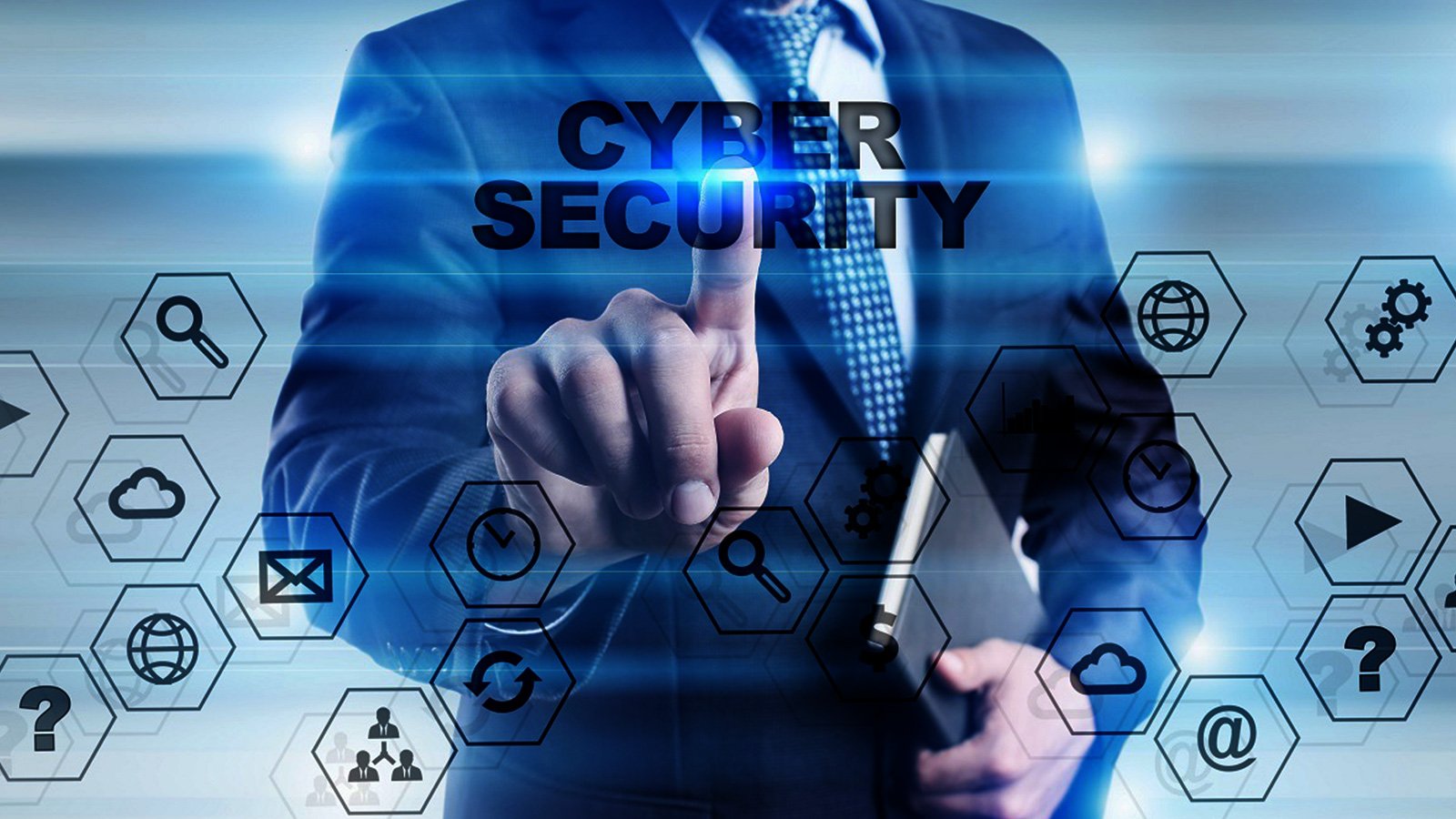
Brave New World: Cybersecurity When Working From Home
Since the beginning of two years, we’ve lived in a different reality. In putting the entire world to a standstill. Halting most of the industry and disrupting the normal agenda. The pandemic has at the same time caused a number of problems to become more urgent. One of them is cybersecurity in remote work.
In contrast to other industry security professionals, the cybersecurity industry didn’t have to confront new issues. The challenges that cybersecurity professionals have to face are:
- Identifying threats of immediate importance;
- Security of infrastructure for companies;
- Stop malicious activities, such as those that take advantage of the COVID-19 motif.
The most significant major change is the increasing number of these jobs caused by the move to remote work, usually not being aware of the dangers they pose regarding information security.
Software development firms’ employees have revealed problems that businesses would prefer to ignore in normal situations. Just a few days after Zoom, an application that is well-known for video conferences , was notified of several security flaws as well as a low-cost airline, EasyJet revealed an attack on its information security system, which affected 9 million users. According to the World Health Organisation has reported that cyberattacks against the organisation have risen fivefold in the wake of the pandemic. WHO has warned of fake emails sent on behalf of WHO. These are only some examples: the rapid increase in online threats associated with remote work indicates that the trail of negative consequences continues after the conclusion of the quarantine.
Cyber-attacks in the era Of a Pandemic
For the business world December 2021 marks almost two years for remote working mode. Companies continue to adjust to the new environment and try to improve their processes as efficiently as they can.
Today, companies can swiftly move personnel to remote working and give instructions on how to configure remote access. However, they don’t offer employees with the proper training, and do not restrict access to corporate services.
The shift worldwide of working at home dramatically amplified the threat map on the internet. Criminals with financial motivations are more active. In their case “remote surveillance” has diminished the power of banks and employees of financial institutions.
The high level of engagement of the public on COVID-19 has led to malicious mailers that target the topic as a primary method of penetration. Cybersecurity experts each day come up with new examples of mailers that attack users with ransomware virus such as banking Trojans or spyware. These, along with others, reach companies’ mailboxes for employees. Since the start of the epidemic, more than 400 malicious mailers have been documented.
The changes that the quarantine made to plans for vacations, business trips and travel permitted the creators of phishing attacks to expand the number of targeted brands. Since the introduction of travel restrictions cybersecurity firms have discovered fraudsters attempting to phish on popular travel sites like Booking.com or Airbnb.com.
How Do I Defend Your Company’s Information when working at home?
One of the most well-known cases is when, during the outbreak, an employee. Who is remote receives an email that includes a list of coworkers working in the office who were positive for coronavirus. After opening the PDF file that was attached to the letter, the employee downloads the ransomware onto their device, which then encrypts all files and demands an amount of ransom in cryptocurrency. It’s a sad scenario.
Remote work and its risk associated with it have boosted the significance of automated protection systems that continuously track the security of all components in the dispersed IT infrastructure, assuring its security as a whole multifaceted.
Checklist for remote work organization
We’ll look at the steps you can take to reduce the risk. Here is a checklist for the managers and experts of departments of information security to organise remote work.
No matter the method for conducting remote work, at the network level you should ensure these:
- External channels designed for access of the company to the Internet have enough bandwidth.
- Users are aware of and have a good understanding of security guidelines for information security;
These aren’t all the recommendations. We have gathered more guidelines in a blog article posted on the Prilient website. Check out our top tips for ensuring smooth workflow, stop from. Identify and react to cyberattacks, as well as defend yourself against hackers, and remain safe online.




